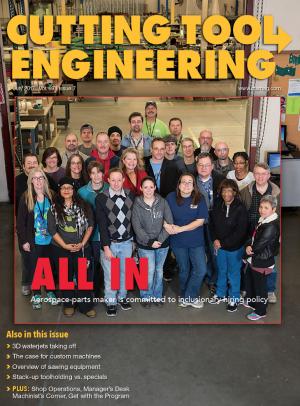Remember when you were the new employee? You were probably taken around the workplace and told who does what. Your boss led you to your work area and, basically, told you to have at it. If you had any questions, you were to just ask them. In the end, you asked the individual closest to you about who to see regarding a particular question.
This approach seems to be the hard way of orienting a new employee. In the early days of my career, it happened quite often. However, one company in particular was different. On my first day, my supervisor did indeed introduce me to everyone. I spent the rest of the day getting oriented on my own. The next day, surprisingly, I began a full-length program of working with representatives of the various departments. I was scheduled for at least a full day in each of the following departments:
- Sales. I worked a couple of days with several sales reps.
- Procurement. I spent time with buyers who ordered from our parent company and purchased from other companies.
- Receiving. I watched the arrival of items our buyers had ordered a few days before.
- Warehousing. I worked a day in each of our four warehouses.
- Scheduling. I saw how our trucks were routed through the warehouses and for delivery.
- Delivery. I rode with an experienced truck driver for a day, delivering our customers.
- Customer service. As I watched, our customer service department actually initiated contact with the customers to see if we met their expectations. What a concept!
This orientation program gave me a good perspective on each group’s responsibilities and the issues group members had to overcome—as well as the successes that made them want to come to work. I learned how my position intertwined with theirs and what I could do to avoid making their jobs more difficult.
Fast forward a few decades. When I started working at a well-known company, they had me work almost every position on the shop floor for about 2 weeks. I built mechanical and electronic assemblies. I wired electronic components and tested them. I again had the opportunity to observe firsthand the problems the various departments faced and what they had to do to correct any issues.
I worked with the machinists and with the quality lab, where I saw the challenges they faced to achieve the specified tight tolerances. I saw the fixtures they were using and realized that this challenge would be the first one to be addressed. I learned what the accuracy-test lab had to do to get parts to pass—including actually reworking the assemblies. I also had the opportunity see inside sales and customer service for the various product lines. All of these experiences better prepared me for my new job.
How does your company fare with new hires? Perhaps the orientation period can be improved. It’s stressful enough to be the new kid on the block. Make newbies’ experience more productive and less difficult.
Related Glossary Terms
- sawing machine ( saw)
sawing machine ( saw)
Machine designed to use a serrated-tooth blade to cut metal or other material. Comes in a wide variety of styles but takes one of four basic forms: hacksaw (a simple, rugged machine that uses a reciprocating motion to part metal or other material); cold or circular saw (powers a circular blade that cuts structural materials); bandsaw (runs an endless band; the two basic types are cutoff and contour band machines, which cut intricate contours and shapes); and abrasive cutoff saw (similar in appearance to the cold saw, but uses an abrasive disc that rotates at high speeds rather than a blade with serrated teeth).


